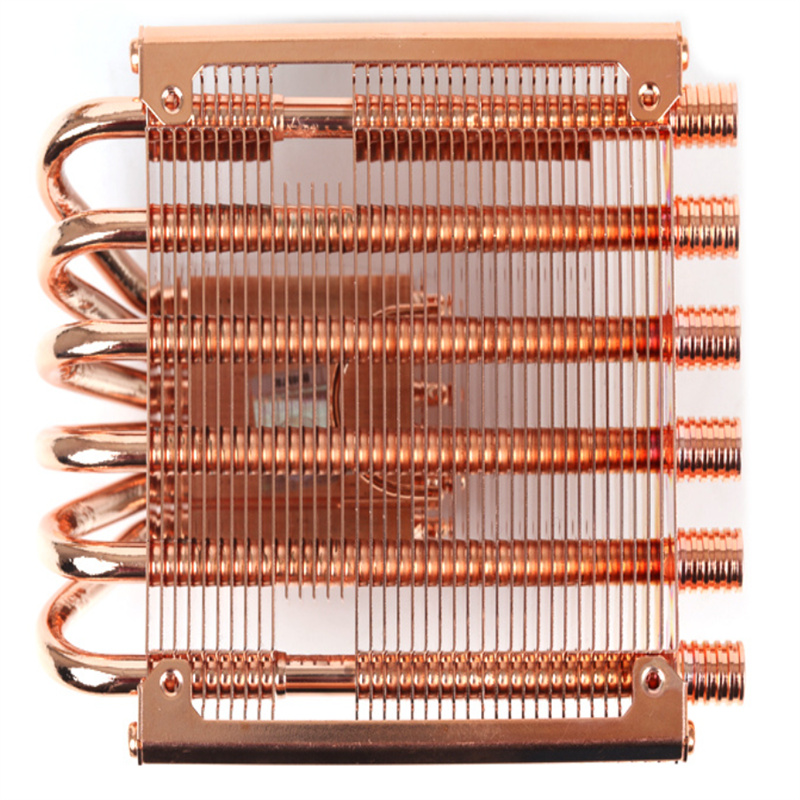Abstract: Copper metal is often affected by the presence of surface-adhered oil and wax during the production process. Without professional cleaning, this can have detrimental effects on subsequent processing. This article explores technical methods for removing oil and wax from copper metal to ensure high-quality performance in copper product manufacturing.
- Introduction Copper metal is often affected by the presence of surface-adhered oil and wax during the production process of copper products. These contaminants, which may originate from processing lubricants, packaging materials, or storage conditions, adhere to the copper surface and have adverse effects on downstream processes. Therefore, oil and wax removal techniques play a crucial role in copper metal manufacturing.
- The Significance of the Issue. Contamination of copper surfaces during production is a significant concern. These contaminants can lead to the following issues: 2.1 Reduced Surface Quality Adhered oil and wax can cause copper surfaces to lose their shine, reducing their aesthetic quality. This is especially concerning in the fields of decoration, electronics, and manufacturing. 2.2 Impaired Coating Adhesion Copper surfaces with oil and wax hinder the adhesion of coatings, potentially leading to coating peeling or poor adhesion.
2.3 Impact on Processing Performance In certain processing steps, such as welding and cutting, oil and wax can generate smoke and harmful gases, posing health risks to workers.
3.Oil and Wax Removal Techniques To effectively address the issue of oil and wax on copper metal, here are some common oil and wax removal techniques:
3.1 Solvent Cleaning Solvent cleaning is a widely used method involving immersing copper metal in specific types of solvents to dissolve and remove oil and wax. This method requires the selection of appropriate solvents and often mechanical or ultrasonic assistance to ensure thorough removal.
3.2 Steam Cleaning Steam cleaning utilizes high-temperature, high-pressure steam to physically remove oil and wax without the need for chemicals. It is an environmentally friendly method suitable for certain applications.
3.3 Alkaline Cleaning Alkaline cleaning employs alkaline solutions to neutralize and remove oil and wax from copper metal surfaces. This method is suitable for heavy contamination.
4.Implications of a Lack of Professional Cleaning Agents The absence of professional cleaning agents for oil and wax removal can lead to the following issues:
4.1 Decreased Production Quality The surface quality of copper products is significantly compromised, resulting in a poor appearance and reduced market competitiveness.
4.2 Reduced Production Efficiency Oil and wax lead to wear and tear on machinery, cutting tools, and molds, decreasing production efficiency and increasing maintenance costs.
4.3 Environmental and Health Risks Oil and wax may generate harmful gases in certain processes, posing health risks to workers and potential environmental pollution.
5.Conclusion The significance of oil and wax removal techniques in copper metal manufacturing cannot be underestimated. By employing appropriate techniques and cleaning agents, it is possible to effectively remove oil and wax from the surface of copper, ensuring high quality and sustainability of products. This not only improves the appearance and performance of the products but also enhances production efficiency and reduces maintenance costs, thus adding added value to the manufacturing of copper metal products.
Post time: Nov-16-2023


